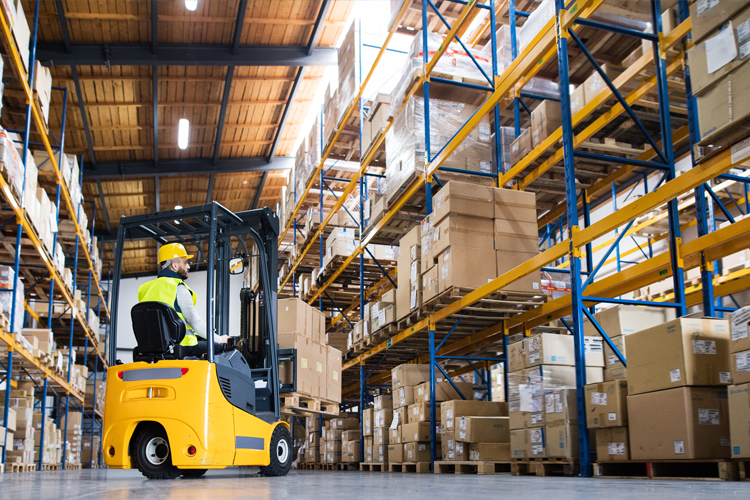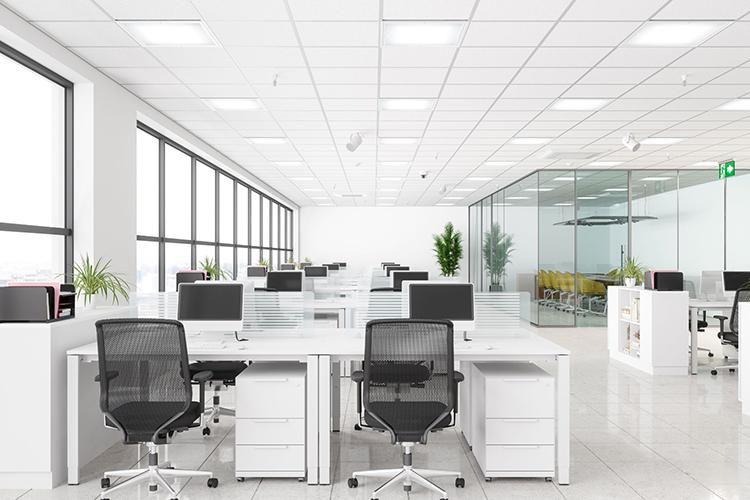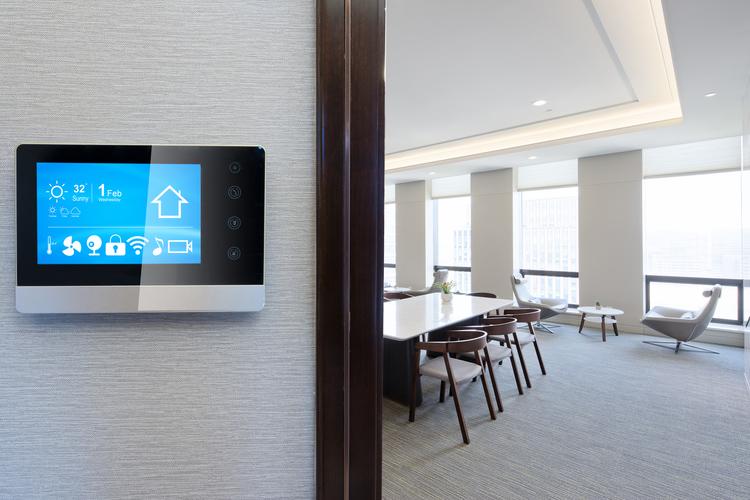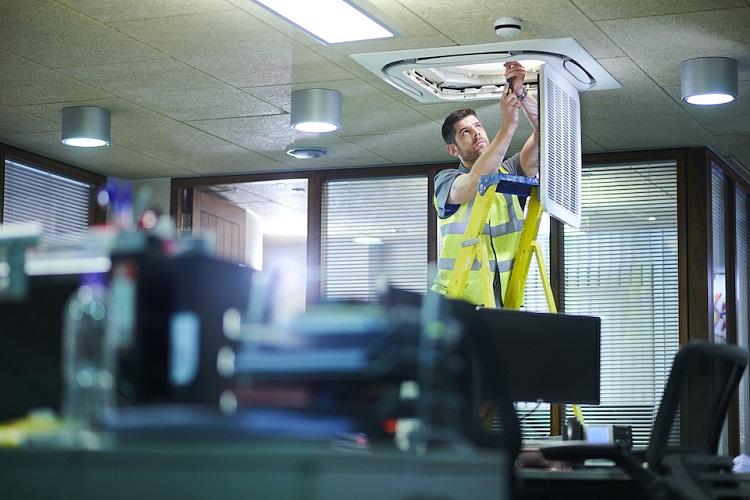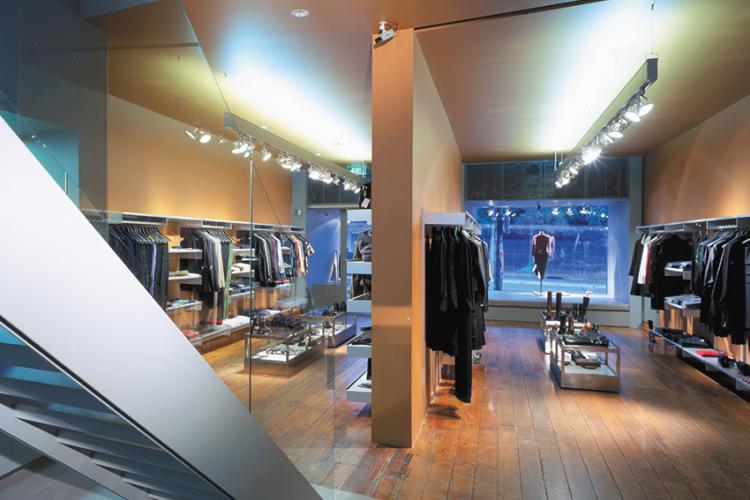Smart Retail Ushers in a New Retail Era
Smart Retail Ushers in a New Retail Era
THERE'S A NEW RETAIL REALITY
It’s a tough time for retailers. Power is progressively shifting to online stores and retail business models are facing pressure. Over the last few years, retail stores have been closing at a rate nearing epic proportions. This market correction means retailers need to quickly adapt to economic and demographic changes while still presenting an intuitive, convenient experience for consumers.
We see more evidence of this shift when we look at recent data from Black Friday—traditionally the biggest day of the year for brick-and-mortar retailers. While shoppers spent 16.9% more on Black Friday 2017 compared to the previous year, much of that boost came from online sales. “Looking at both Thanksgiving Day and Black Friday,” a CNN Money article says, “In-store foot traffic was actually down nearly 2% compared to the same two days last year.”
Online shopping has its inherent advantages. There are more choices, easier exploration and simpler price comparisons for consumers. At the same time, it’s easier for retailers to know who consumers are and where they are in the buying cycle.
Brick-and-mortar stores aren’t exactly doomed, though. For brick-and-mortar retailers to succeed, they need to understand their customers and better connect with them via technology built into the store and the devices in consumers’ pockets. That’s why many store owners and operators are embracing the idea of smart retail to achieve more unified commerce and a seamless shopper experience.
THE PROMISE OF SMART RETAIL
Smart retail refers to the integration of smart (connected) technology into a retail environment to make shopping easier and more enjoyable for consumers while also controlling costs and providing valuable data for retailers. At a time when practically every consumer is walking into the store with a smartphone that serves as a gateway to online stores, smart retail technology gives the brick-and-mortar retailers a means of “fighting back.”
And what does that look like?
-
It could mean empowering in-store employees by providing them with more technology-driven insights about customers and the products in which they’re interested.
-
It could mean providing more personalized attention and delivering the right product mix to individual consumers.
-
It could mean helping consumers easily find the merchandise they’re seeking, and for employees to track that inventory and restock efficiently based on sensor-provided data.
-
It certainly means using data not to react, but to be steps ahead.
-
It also means achieving all this without adding substantial cost to the organization or stress on already-busy employees.
Here are a few examples of how smart retail is playing out:
• Offers based on proximity, customer type and habits: Sensing data of repeat customers can provide an offer in the aisle they’re about to enter or when past purchase history shows they need to restock on an item.
• Heat/path-to-purchase mapping: In-store sensors and beacons (which can be integrated into highly efficient LED lighting) help retailers understand customer routes and habits based on times of day, week and month, as well as anticipate combo purchases and keep those items in close proximity.
• Real-time, customized assistance: If multiple customers are about to head to the same area, get multiple associates there ahead of time so there is no waiting. Or, if heavy traffic comes through the door, retailers can increase staffing in the checkout area ahead of time.
• Optimized environments: Retailers employ digital tools to determine proper pathways, visibility of product/eye levels, product organization, types of music playing, ambient temperature, etc.
• Energy efficiency: Energy management systems ensure lighting, HVAC activity and other energy-consuming building functions are optimized as part of a smart retail environment.
TYING IT ALL TOGETHER
Besides gathering data, another major initiative for “smart” retailers is getting real-time access to analyzed data in one place, allowing for quicker decisions that affect customer experience and retailer profitability. It’s a concept known as the “single pane of glass,” and it allows retailers to change data-driving outcomes in real time. With proper automation, the “single pane” can make decisions itself and provide course corrections, essentially handling more straightforward decisions (adjusting air temperature, issuing alerts to fix a malfunctioning register belt) while giving the store manager more time in his or her day and adding to the bottom line. Meanwhile, managers will still have the freedom to make any manual decisions they choose without being overburdened by the data flowing in.
The bottom line is that retail as we know it isn’t dead. If smart technology, data and the value that comes with it can be harnessed, unlocked and analyzed in a way that provides better customer experience and more streamlined, money-saving operations, brick-and-mortar retailers not only have a chance… they have a distinct opportunity. Smart retail can turn in-store shopping into something no website can emulate: a rewarding experience in a physical environment that feels both intuitive and inspiring.
Interested in learning more about the future of retail? Contact us to start the conversation or visit us at www.gecurrent.com/applications/retail.



